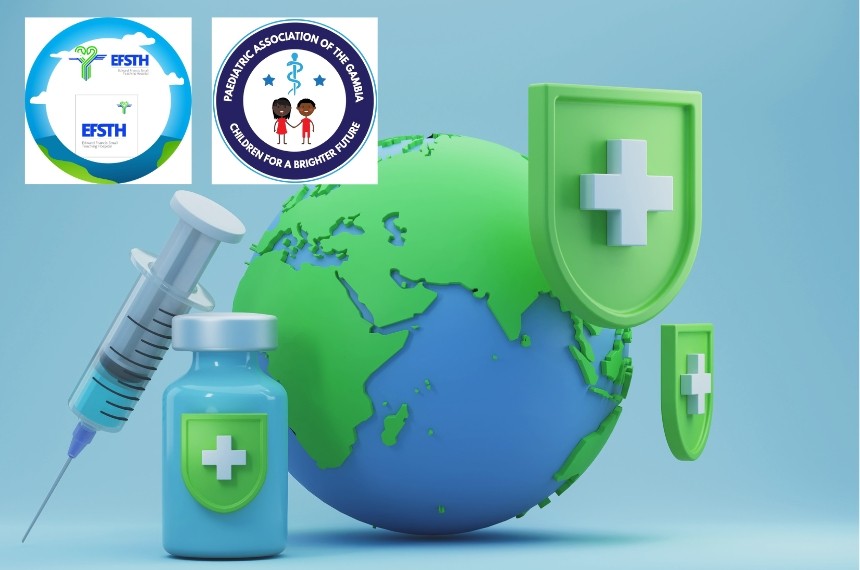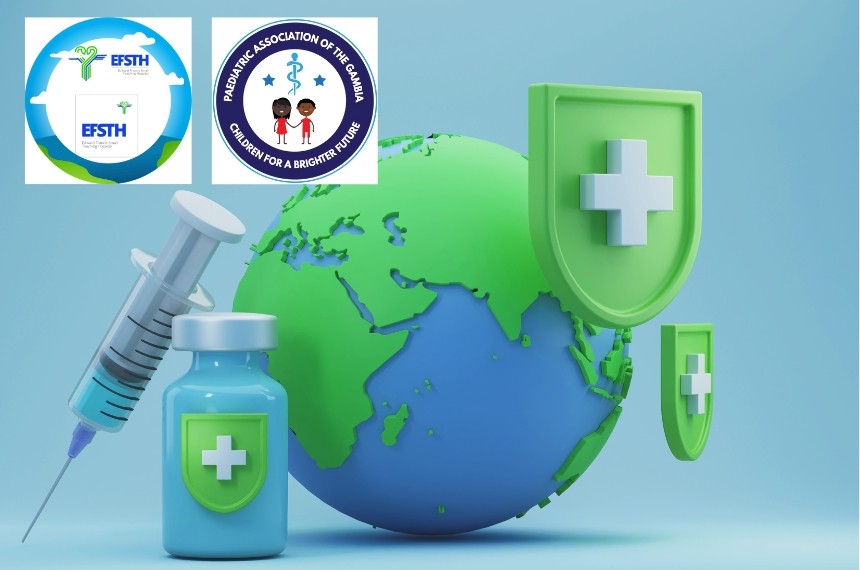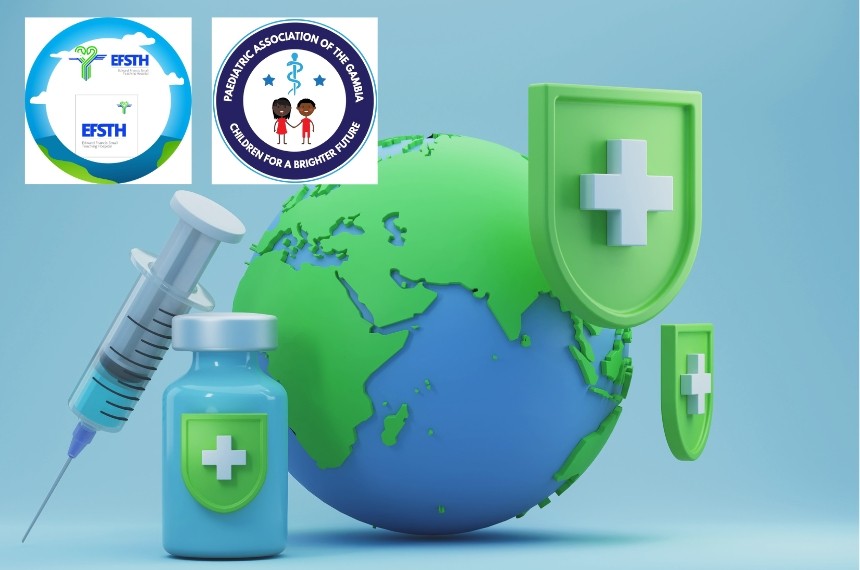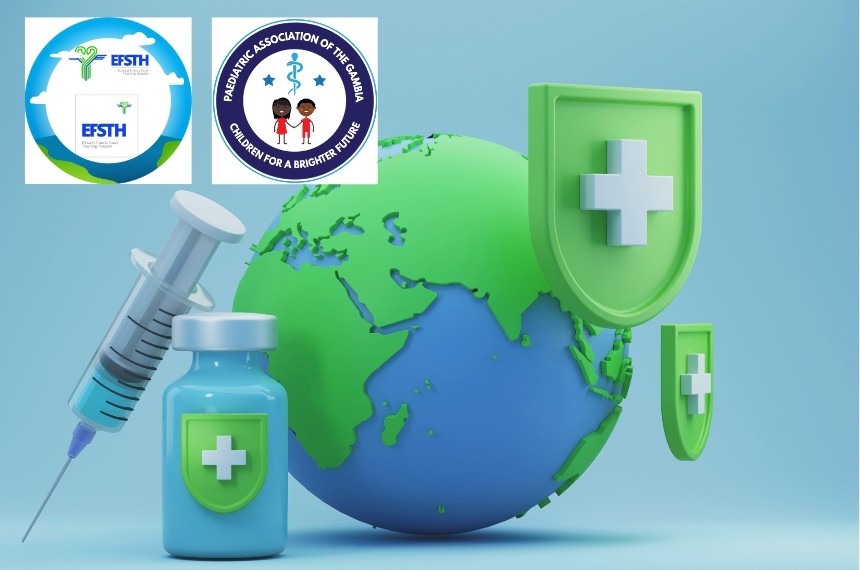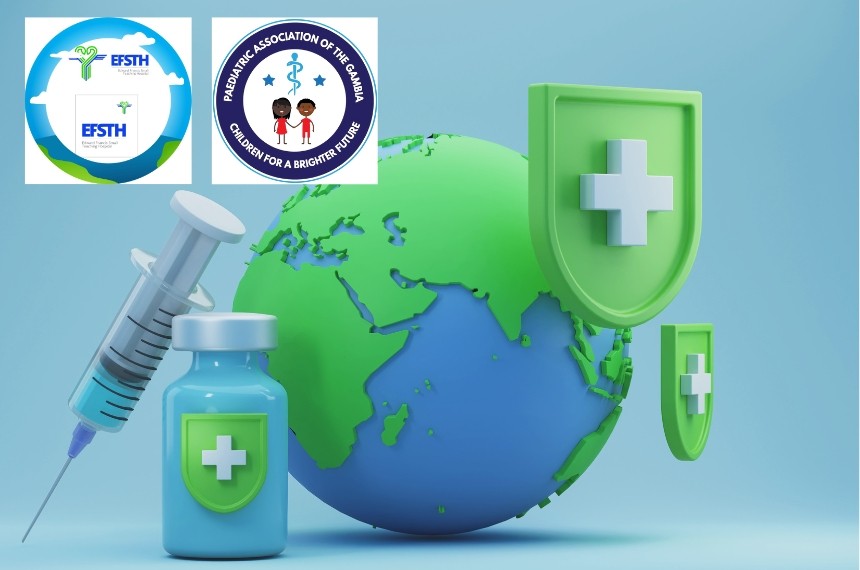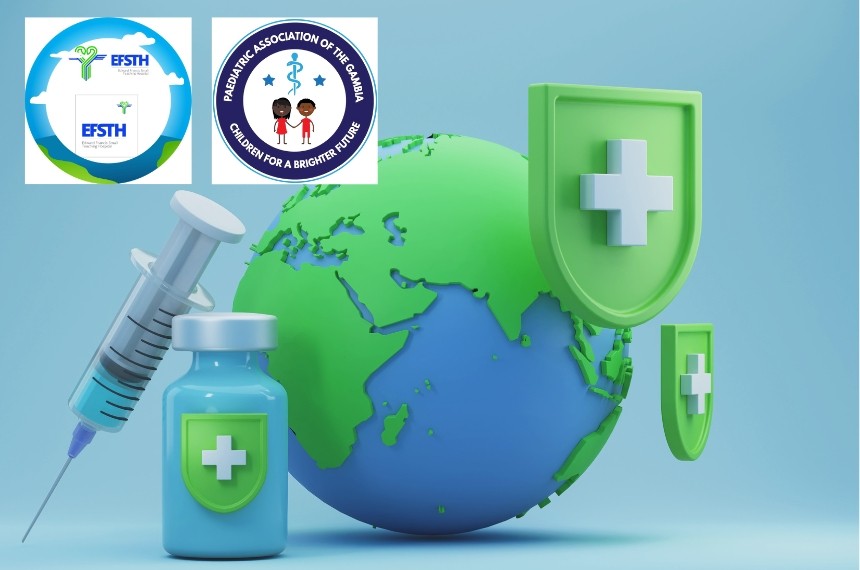
Admin Name
7 months ago
admin
#haematology
Bleeding
Includes:
Emergency Treatment- Secure airway, breathing and circulation. Urgent cross-match and transfusion (whole blood is preferable). Consider emergency transfusion of uncrossmatched O negative blood if life-threatening bleed
- If there is an obvious bleeding point apply pressure. If epistaxis use vaseline gauze with adrenaline, if anal polyp use paraffin gauze
- If septic/ unwell, commence broad spectrum antibiotics.
- If jaundiced and bleeding, give IV Vitamin K 1 - 10 mg ONLY IV (give slowly) to cover for liver failure
- IM injections should not be given to a child with a bleeding problem
Bleeding from mucous membranes or into skin (mouth, gums, nose, petechiae, very heavy menstrual bleeding) usually indicates platelet problem (deficiency or dysfunction)
Causes in 4 broad categories
- Immune mediated platelet problems e.g. Idiopathic Thrombocytopaenia Purpura (ITP) or autoimmune thrombocytopaenia in HIV or drugs
- Thrombocytopaenia as part of a general pancytopaenia e.g. bone marrow infiltration by tumour, or aplastic anaemia secondary to parvovirus B19
- Hypersplenism (e.g. tropical splenomegaly syndrome)
- DIC as part of 'sepsis' inflammatory response (e.g. meningococcaemia)
- Anaemia, transfusion, repeated infections (suggesting pancytopaenia)
- History of previous viral infection (suggesting ITP/ aplastic anaemia)
- History of malaise, lymphadenopathy, masses suggesting malignancy
- History compatible with HIV/ AIDS
- Site and extent of petechiae, purpura and bruising
- Fever, pallor (suggests a pancytopaenia/ sepsis)
- Hepatosplenomegaly, Lymphadenopathy
- Signs consistent with HIV/ AIDS (KS lesions)
- FBC and thin film reviewed by department lab/ haematologist if available
- Blood culture
- pancytopaenic or suspicious thin film: bone marrow aspirate may be helpful. Discuss with seniors
- HIV test
- Cover with broad spectrum antibiotics whilst awaiting results
- If history/ examination compatible with malignancy, or if diagnosis is not clear cut, discuss with the oncology team / haematologist
- If history/ examination compatible with ITP, may be possible to watch and wait (monitoring the platelet count). In our setting HIV commonly causes autoimmune thrombocytopenia. Prednisolone 2 mg/kg PO should be given
- Give platelets (1 unit) if active bleeding and platelets < 20 x10*9/L
- FFP (10mls/kg) may be helpful if DIC
Suggest clotting factor deficiency. Children present with acutely swollen joints following minimal trauma
Causes
- Haemophilia
- Rarely Vitamin K deficiency secondary to liver disease
- Prior big bleeds from small wounds (requiring transfusions?)
- Other involved family members (male? - suggesting haemophilia)
- Distribution of joints involved
- Evidence of prior joint damage: e.g. restricted movement, contractures etc.
- Clotting screen if available (esp. INR and PTT/aPTT - sometimes available via John's Hopkins Lab)
- X ray of chronically affected joints
- Analgesia (but do not use NSAIDs, Pain management) and splinting of the joint
- If jaundiced and bleeding, give IV Vitamin K 1 - 10 mg ONLY IV (give slowly) to cover for liver failure
- Haemophilia
- Factor 8 deficiency:
- Cryoprecipitate 1/4 unit per kg x 2 days. Cryoprecipitate is OFTEN available from Malawi Blood Transfusion Service.
- FFP (10mls/Kg) if no cryoprecipitate available
Usually due to GI tract pathology e.g. oesophageal varices secondary to portal hypertension/liver disease, Meckel's diverticulum, stress ulcer It may be exacerbated by problems with platelets or clotting
Important Points in history
- Appearance of vomit/ stools. Blood in the vomit indicates a high intestinal/ gastric lesion. A dark tar like stool (malaena) indicates a high intestinal/ gastric lesion. Fresh blood in the stool indicates a low intestinal lesion
- If blood in the stool is it mixed with the stool (suggesting inflammation/ infection) or surrounding the stool (suggesting fissure/ polyp)
- History of liver disease as a neonate or child and portal hypertension (ascites, jaundice, haemorrhoids,) suggesting oesophageal varices
- Abdominal masses, tenderness, guarding
- Ascites, jaundice, haemorrhoids, hepatomegaly, splenomegaly (suggests portal hypertension) or caput medusa
- mouth ulcers, anal fissures (suggests inflammatory bowel disease)
- Fever (suggests infection or inflammation)
- Stool examination
- FBC and or PCV
- Abdominal USS
- Barium enema or swallow after discussion with surgeons!
- Endoscopy after discussion with surgeons!
- Obtain IV access with a large bore cannula and transfuse if necessary
- If history/ examination suggests surgical cause (e.g. ulcer, polyp, etc) discuss with surgeons as soon as possible. The child may need urgent endoscopy
- Omeprazole or other PPI 20mg OD
- Consider Helicobacter pylori treatment if suspected ulcer

